Mexican Herb Theme: Designing A Mexican Herb Garden
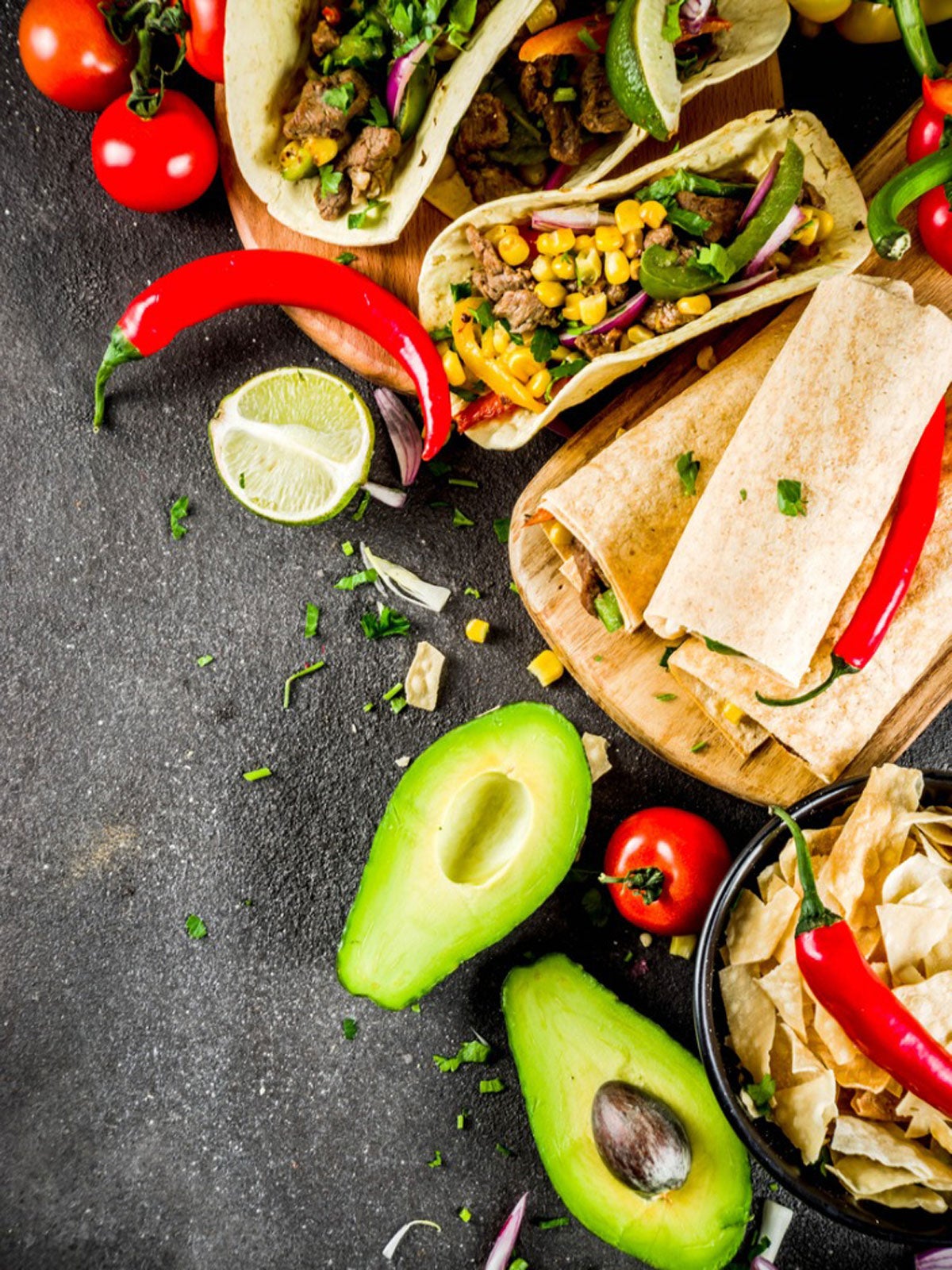
Love the intense flavors and aromas of Mexican cuisine? Designing a Mexican herb garden for your landscape might be just the thing to add a little south of the border zing into weeknight dinners. This type of edible landscaping is not only attractive, but functional as well.
How to Design a Mexican Herb Theme Garden
The ideal shape for this garden is a square or rectangle, which will allow you to easily move through the garden while harvesting. The size of your garden can vary, but an 8 x 12 foot space is a nice size. Numero uno when designing a Mexican herb garden is to get it ready. The planning process begins in winter and spring with late summer into early fall being the best time to prepare the area for spring planting. Mark the boundaries of your Mexican herb garden in an area that gets full sun and remove all grass and weeds as well as rocks and large roots. Dig your paths down a few inches and mound the resulting dirt atop the planting areas to create raised beds. Use brick or paving stones to line the pathways, outer frame of the garden and the center diamond. Amend the soil of your Mexican herb garden with lots of compost or other organic matter and then mulch the beds with straw, shredded leaves or additional organic substance.
Mexican Herb Plants
Next comes the fun part. It's time to pick the Mexican herb plants -- and maybe a couple of other plants essential to Latin cuisine -- that will create the framework for your Mexican herb theme garden. Not all of them have to be herbs; surely you will like to include some tomatoes or tomatillos and maybe a Serrano pepper plant or jalapeno plant or your own favorite chili pepper. Oh, and you have to have garlic and onion, which can be tucked in among the other plants wherever they fit. Perhaps, even a potted lime tree at center stage in the garden. Certainly some “must have” Mexican herb plants jump out immediately:
If you are not a big fan of cilantro, perhaps plant some flat leaf parsley for a milder flavor. If you live in a hotter region, plant the cilantro in a pot. Cilantro, or coriander, tends to bolt when temps soar, so by potting it, you can move the herb out of the hot sun promoting leaf, not seed, production. Mint, also, should be potted to restrain its rampant growing habit. Thyme and marjoram should also be included in the Mexican herb theme garden. Along with Mexican oregano, these three become the Latin boquet garni, the backbone of Latin cooking. Beyond these more obvious options, when growing Mexican herbs, there are a plethora of lesser known ingredients crucial to the cuisine.
- Annatto seed is used to flavor meats and color rice dishes and Pipicha is a stronger version of cilantro and is found in green salsas and corn dishes.
- With their licorice/fennel taste, Hoja Santa leaves are used to wrap food much as tortillas are used.
- Epazote herb is another rampant grower that needs some restraint.
- Papaloquelite is used much like cilantro but with an entirely indescribable flavor.
- Then we also have Lipia, which is used in many Mexican desserts and beverages. Also known as lemon verbena, the leaves of this herb can replace lemon zest in most recipes.
And, lastly, although most of us ascribe its use in Italian cuisine, plant some basil. Sweet basil shows up in a number of Mexican recipes.
Caring for Mexican Herb Gardens
Water the garden moderately but keep an eye on it during dry spells. Feed the tomatoes, peppers and basil with an organic fertilizer; ideally a foliar spray of compost tea. Avoid overdoing it on the nitrogen, however, since too much can reduce fruiting.
Gardening tips, videos, info and more delivered right to your inbox!
Sign up for the Gardening Know How newsletter today and receive a free copy of our e-book "How to Grow Delicious Tomatoes".

Amy Grant has been gardening for 30 years and writing for 15. A professional chef and caterer, Amy's area of expertise is culinary gardening.
-
 Looking For Plants To Give You The Soft And Fuzzies? Try These 5 Fuzzy Leaf Plant Options
Looking For Plants To Give You The Soft And Fuzzies? Try These 5 Fuzzy Leaf Plant OptionsLovers of texture, drama, silver foliage and tactile plants will adore these special sensory garden additions. These fuzzy leaf plant options will leave you all aglow
By Susan Albert
-
 Get Ready For A Summer Of Hummers! Grow These Full Sun Hummingbird Plants and Flowers
Get Ready For A Summer Of Hummers! Grow These Full Sun Hummingbird Plants and FlowersIf you’re lucky enough to enjoy a sunny backyard, make sure you are maxing out on your pollinator opportunities and grow these full sun hummingbird plants and flowers
By Tonya Barnett
-
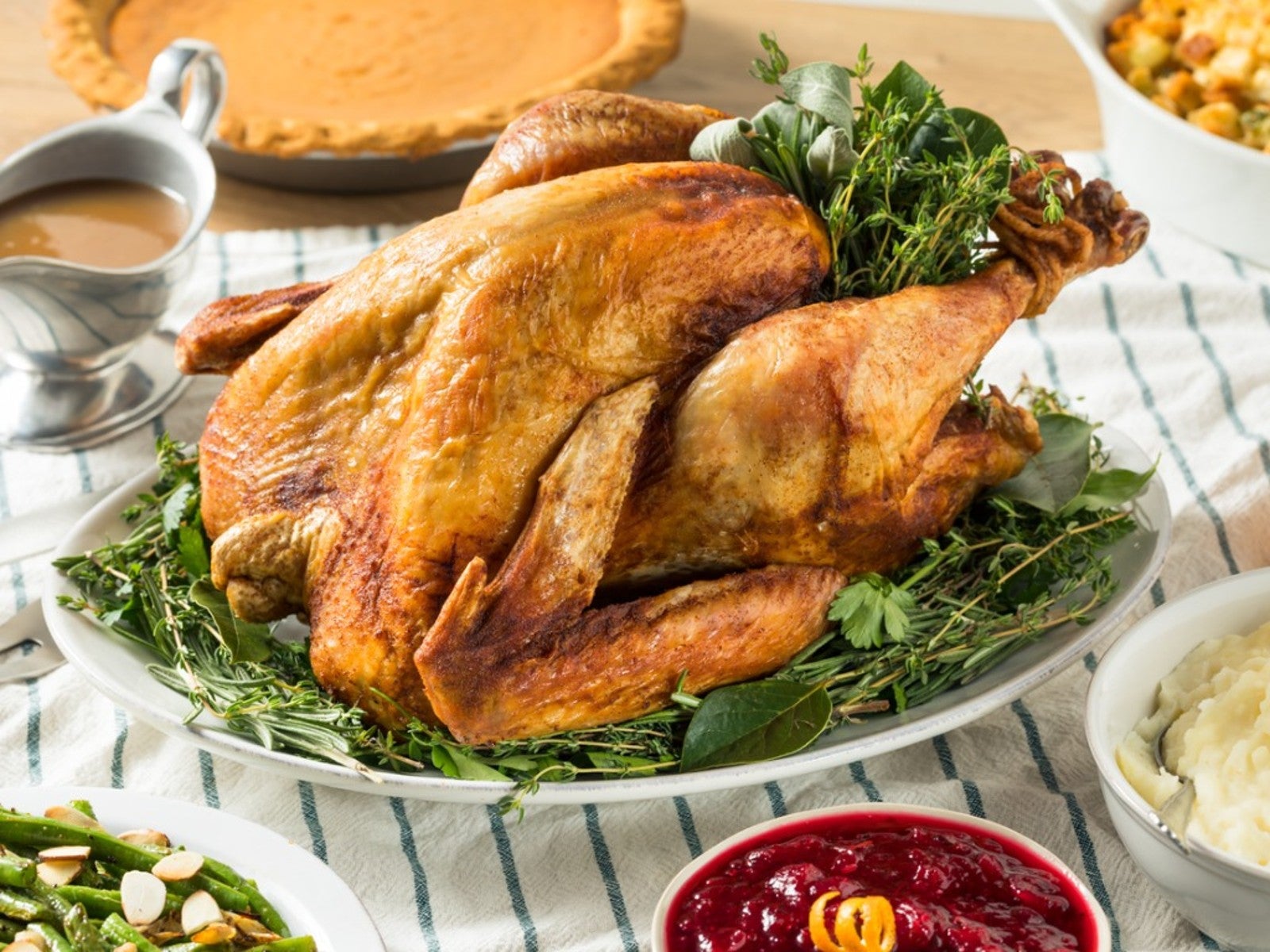 Grow Tasty Herbs For Roast Turkey In Your Garden
Grow Tasty Herbs For Roast Turkey In Your GardenCan you season your turkey with herbs you grow in your own garden? Yes! Click to learn more.
By Amy Grant
-
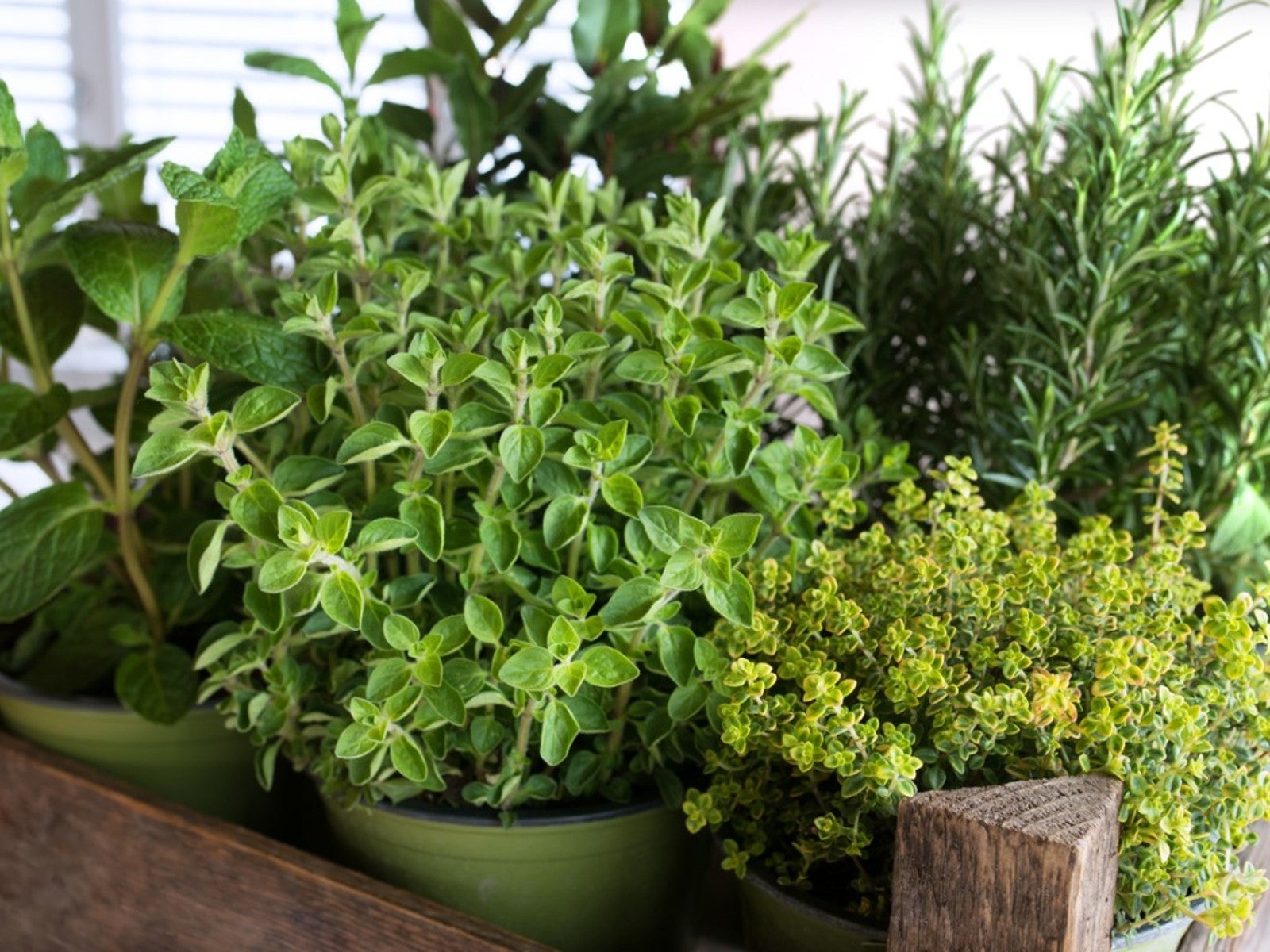 10 Easy Herbs For Beginners
10 Easy Herbs For BeginnersIf you’re new to herb growing, there are some perfect beginner herbs that are low maintenance and easy. Here are our top ten.
By Mary Ellen Ellis
-
 How To Make A Rain Gutter Herb Garden
How To Make A Rain Gutter Herb GardenOne really fun look outside the box is a hanging rain gutter herb garden. A gutter planter is a unique way to house and showcase plants.
By Bonnie L. Grant
-
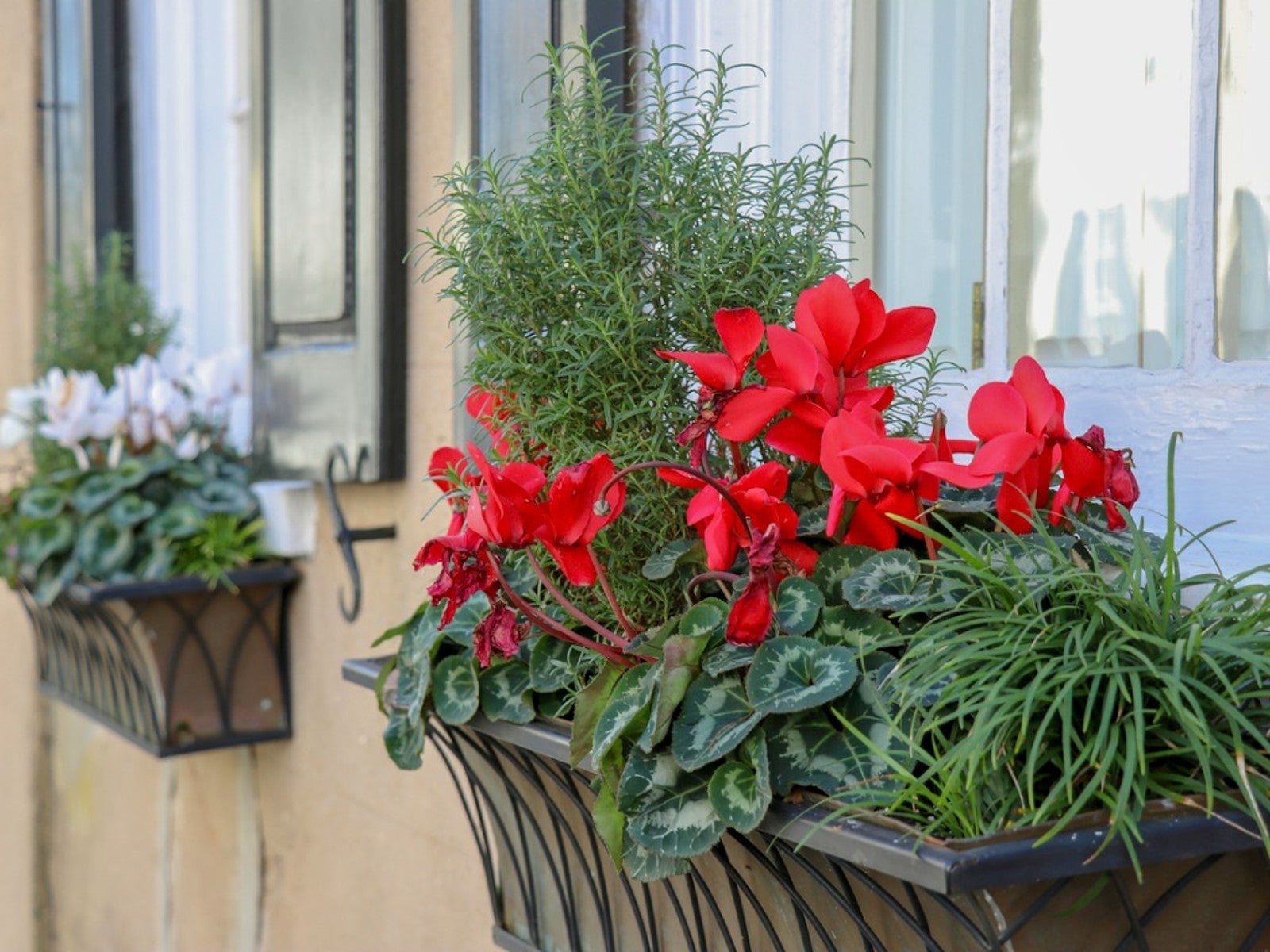 Grow A Beautiful, Edible Herb Window Box
Grow A Beautiful, Edible Herb Window BoxGrowing herbs in window boxes is a space-saving method for producing culinary ingredients for kitchen use. Click for more.
By Laura Miller
-
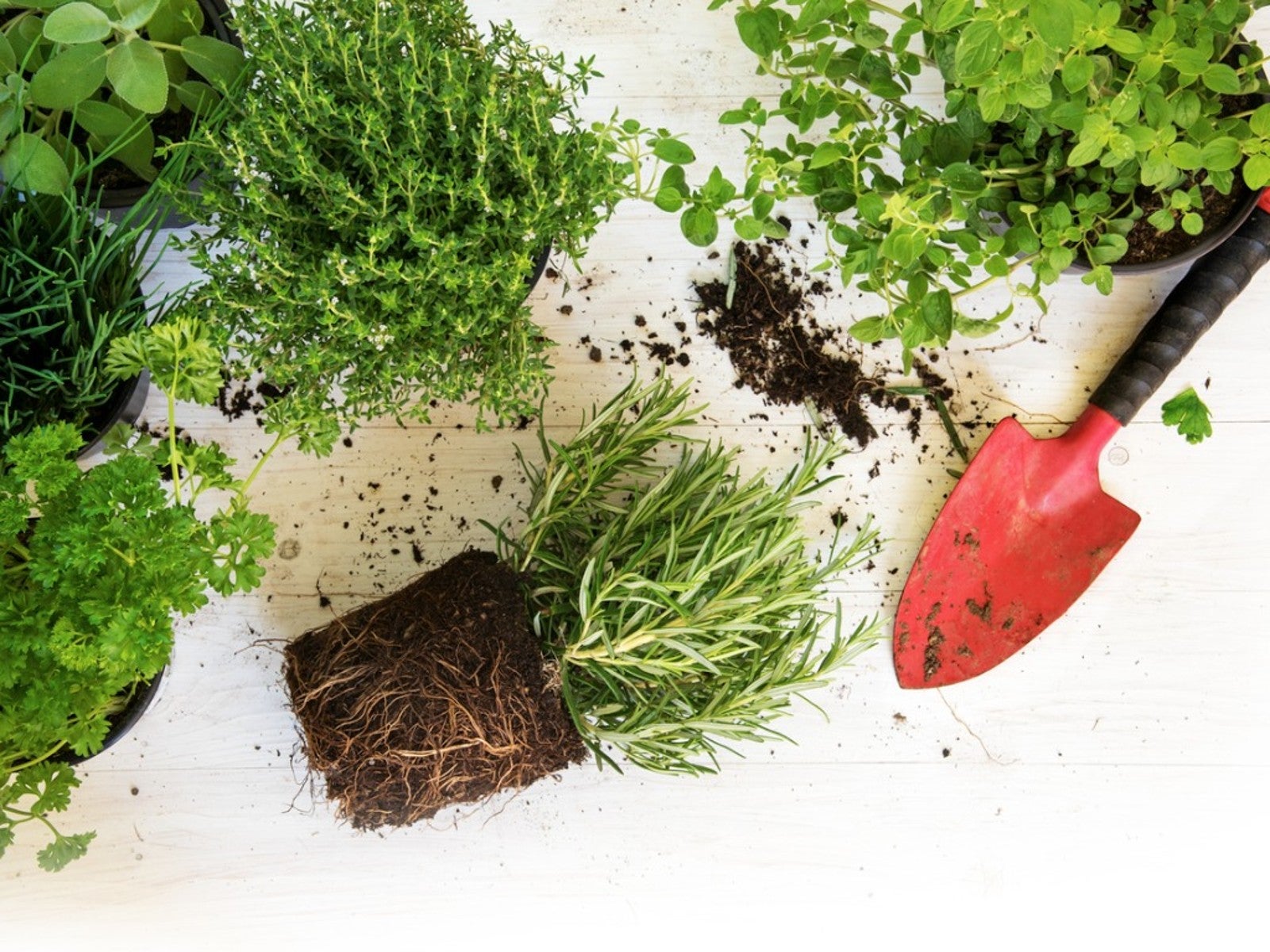 Best Herbs To Direct Sow Vs. Start Indoors
Best Herbs To Direct Sow Vs. Start IndoorsKnowing when to buy herb plants or start them from seeds or cuttings is essential to your success. Read on to learn more.
By Laura Miller
-
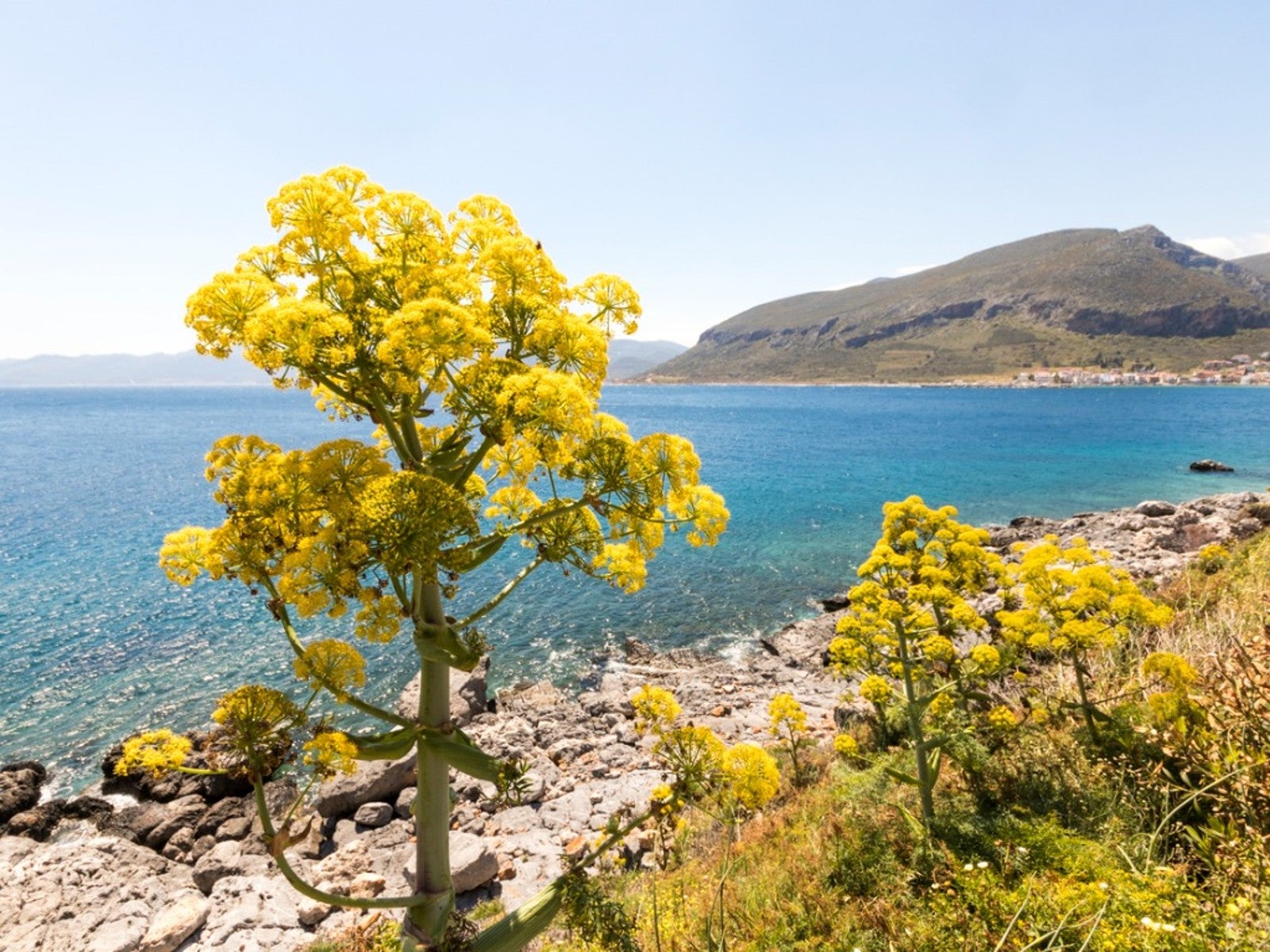 Learn About The Highly Prized Silphium Herb
Learn About The Highly Prized Silphium HerbWhat if there was a perfect plant? In ancient times such a treasure existed. It was the silphium plant.
By Laura Miller
-
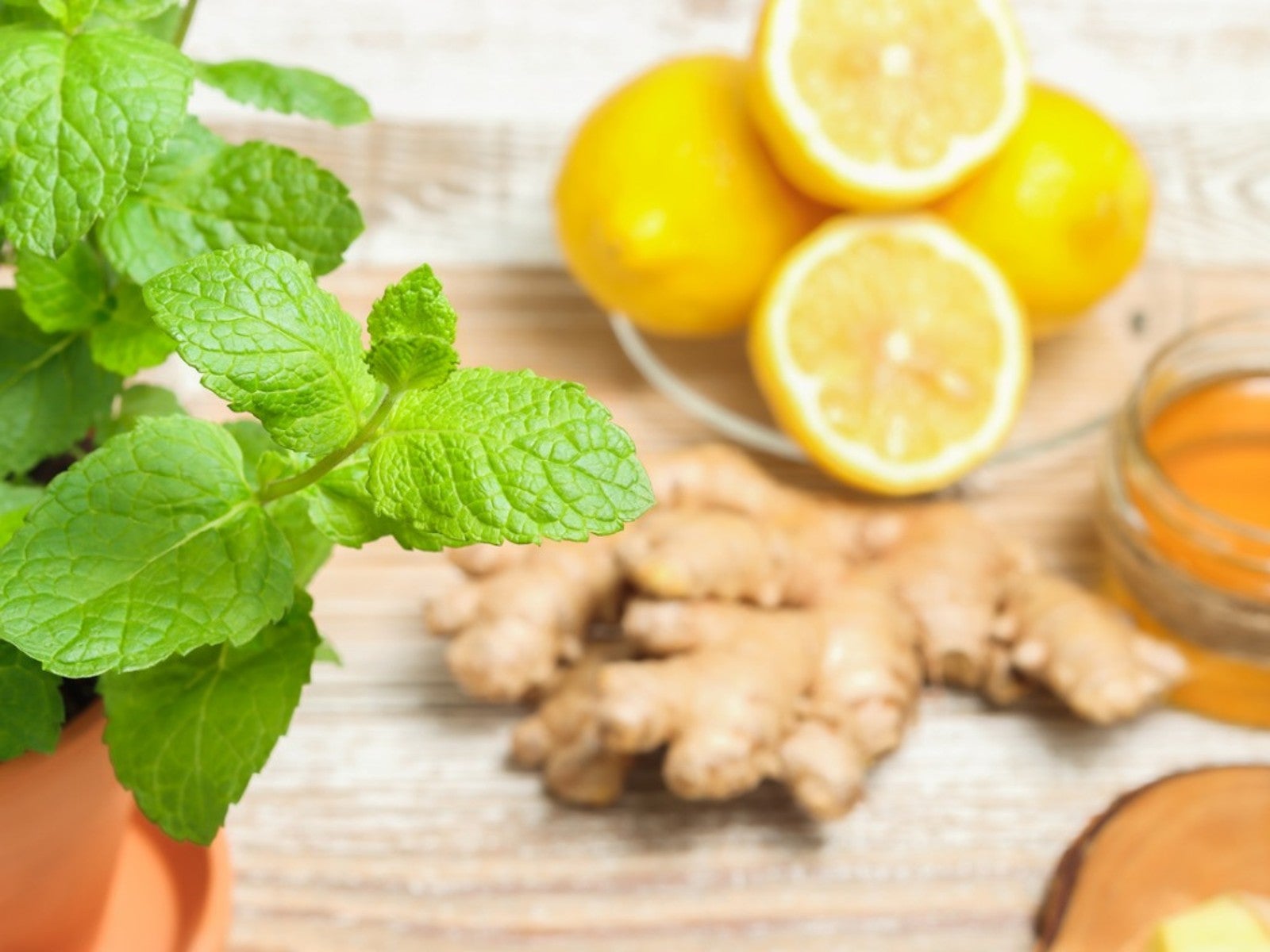 Grow Healing Herbs Indoors: Combat Winter Illness With A Medicinal Garden
Grow Healing Herbs Indoors: Combat Winter Illness With A Medicinal GardenIf you are growing medicinal plants at home, did you know you also can grow an indoor medicinal herb garden? Read on for more.
By Susan Albert
-
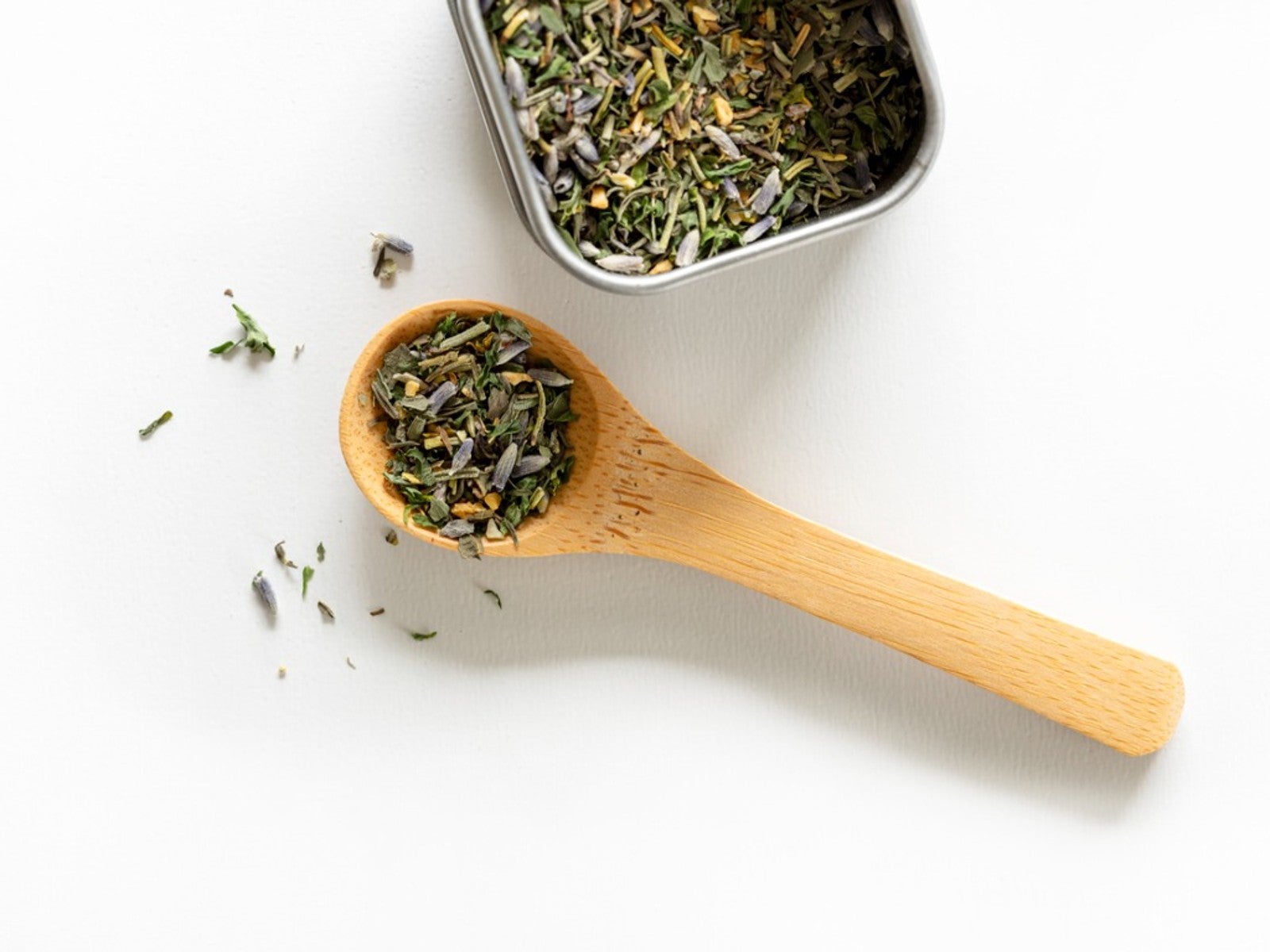 Grow Your Own Herbes De Provence - How To Grow, Dry, And Store Herbs
Grow Your Own Herbes De Provence - How To Grow, Dry, And Store HerbsHomemade gifts can add that special touch to any occasion, such as a jar of herbes de provence. Click here to learn how to grow and make your own for gifting.
By Laura Miller